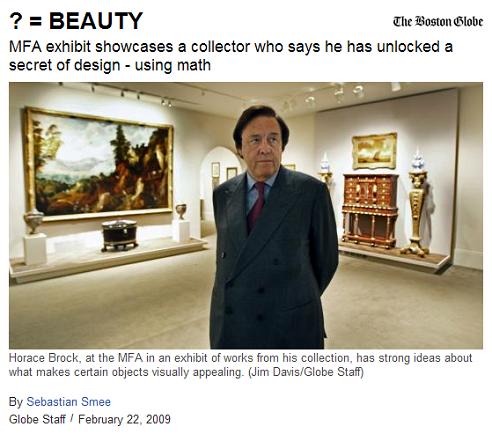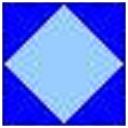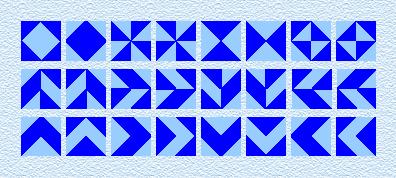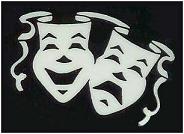| From Wallace Stevens: A World of Transforming Shapes, by Alan D. Perlis, Bucknell University Press, 1976, pp. 117-118:
"... his point of origin is external nature, the fount to which we come seeking inspiration for our fictions. We come, many of Stevens's poems suggest, as initiates, ritualistically celebrating the place through which we will travel to achieve fictive shape. Stevens's 'real' is a bountiful place, continually giving forth life, continually changing. It is fertile enough to meet any imagination, as florid and as multifaceted as the tropical flora about which the poet often writes. It therefore naturally lends itself to rituals of spring rebirth, summer fruition, and fall harvest. But in Stevens's fictive world, these rituals are symbols: they acknowledge the real and thereby enable the initiate to pass beyond it into the realms of his fictions.
Two counter rituals help to explain the function of celebration as Stevens envisions it. The first occurs in 'The Pediment of Appearance,' a slight narrative poem in Transport to Summer. A group of young men enter some woods 'Hunting for the great ornament, The pediment of appearance.' Though moving through the natural world, the young men seek the artificial, or pure form, believing that in discovering this pediment, this distillation of the real, they will also discover the 'savage transparence,' the rude source of human life. In Stevens's world, such a search is futile, since it is only through observing nature that one reaches beyond it to pure form. As if to demonstrate the degree to which the young men's search is misaligned, Stevens says of them that 'they go crying/The world is myself, life is myself,' believing that what surrounds them is immaterial. Such a proclamation is a cardinal violation of Stevens's principles of the imagination. For in 'Notes Toward a Supreme Fiction' he tells us that
... the first idea was not to shape the clouds
In imitation. The clouds preceded us.
There was a muddy centre before we breathed.
There was a myth before the myth began,
Venerable and articulate and complete.
From this the poem springs: that we live in a place
That is not our own and, much more, not ourselves
And hard it is in spite of blazoned days.
We are the mimics.
(Collected Poems, 383-84)
Believing that they are the life and not the mimics thereof, the world and not its fiction-forming imitators, these young men cannot find the savage transparence for which they are looking. In its place they find the pediment, a scowling rock that, far from being life's source, is symbol of the human delusion that there exists a 'form alone,' apart from 'chains of circumstance.'
A far more productive ritual occurs in 'Sunday Morning.'...." |




























Recent Comments